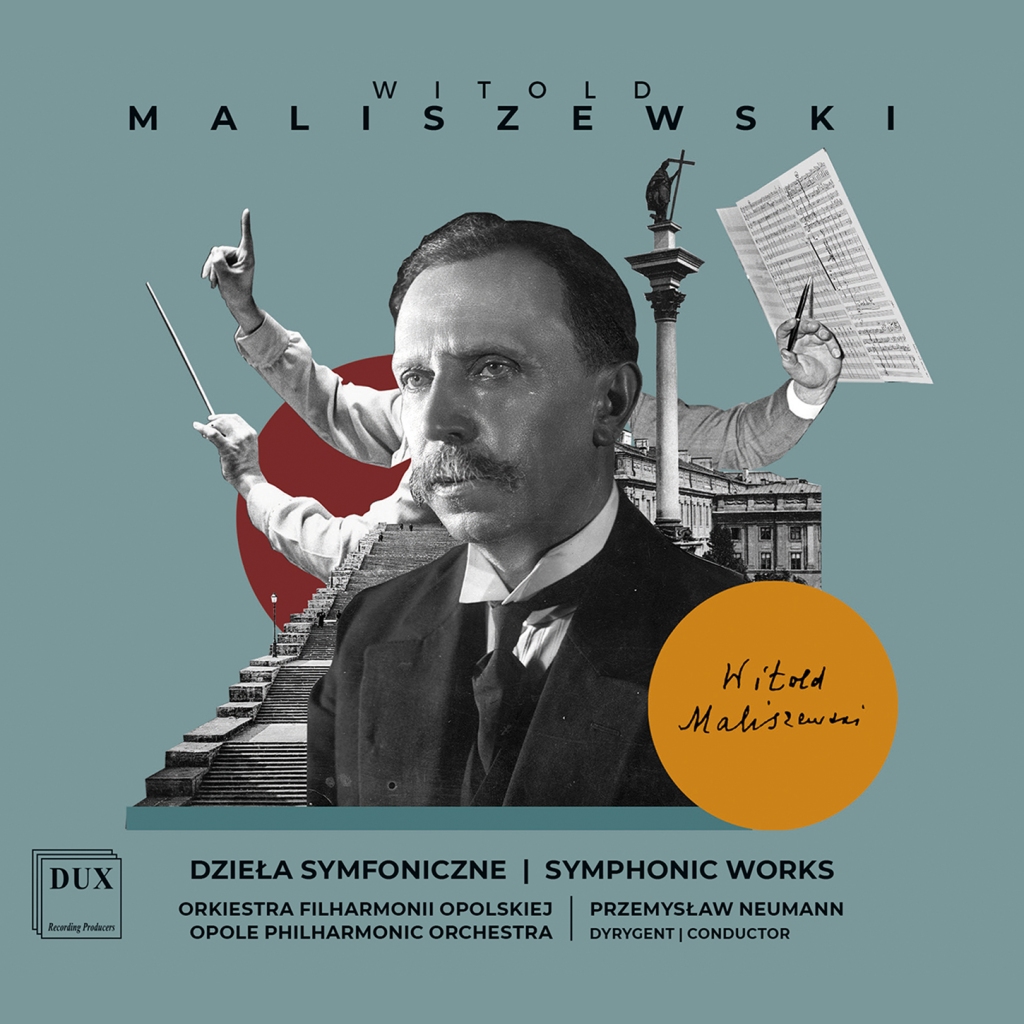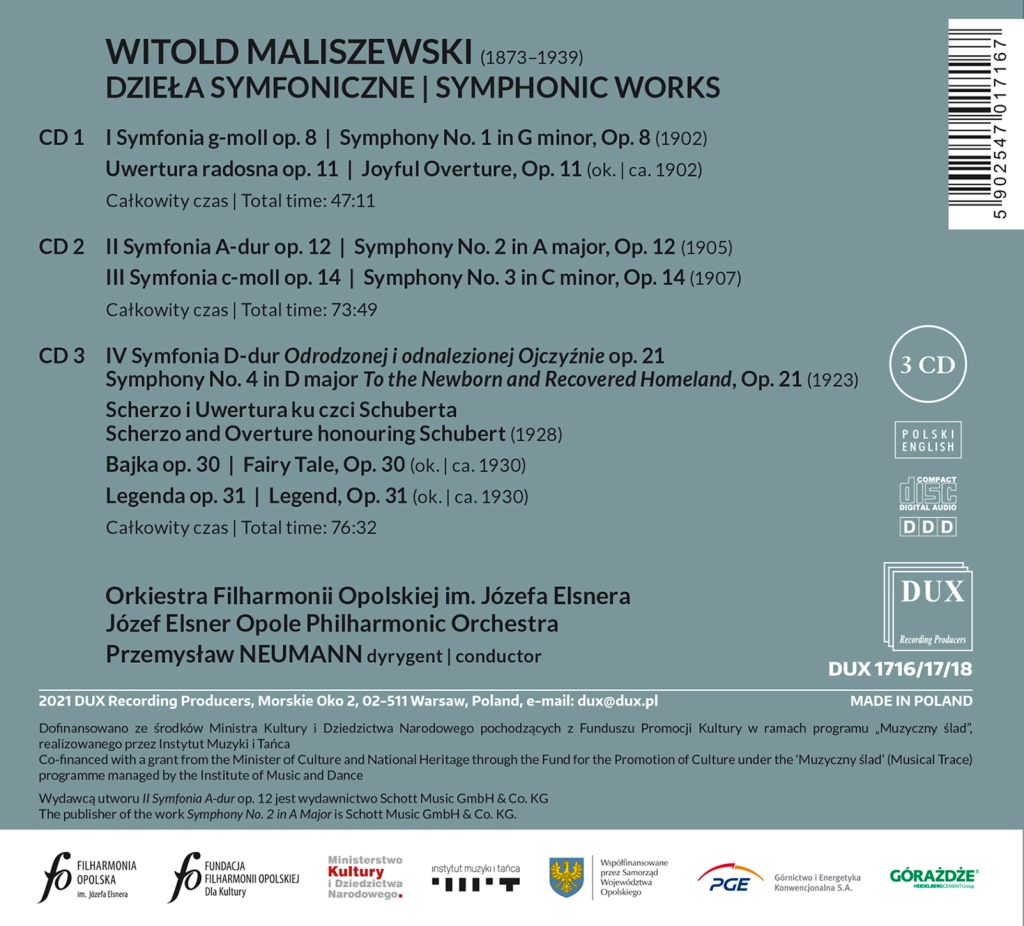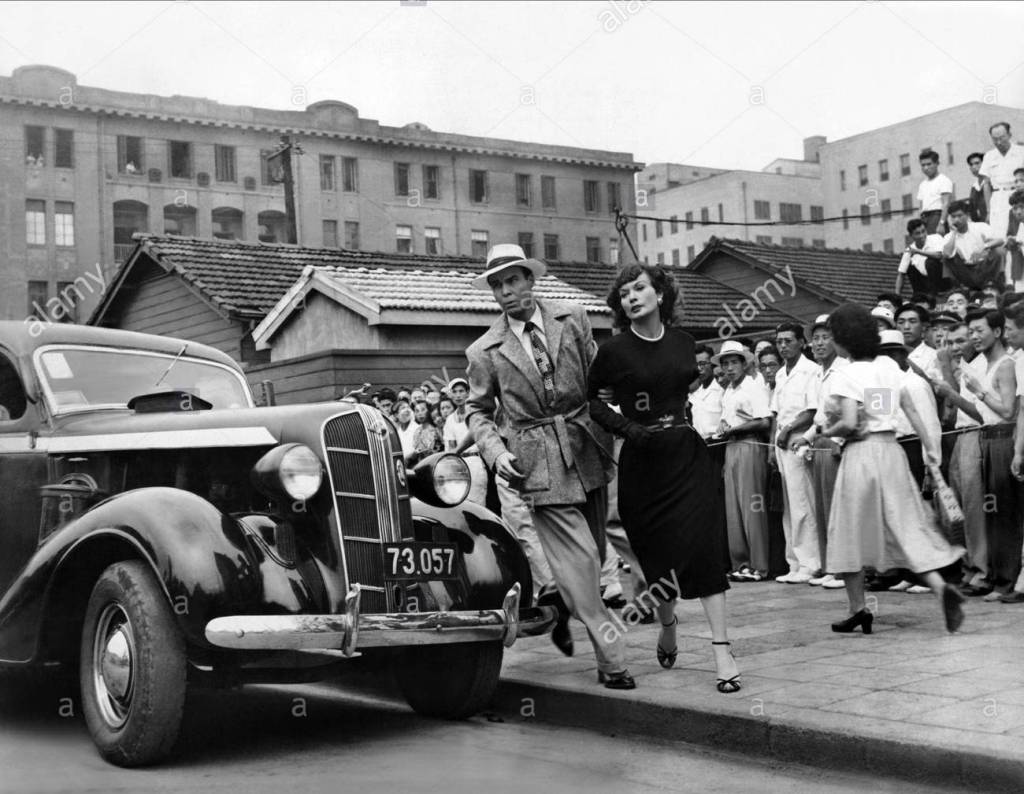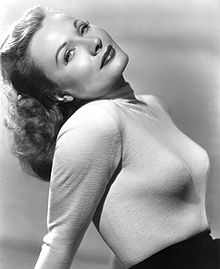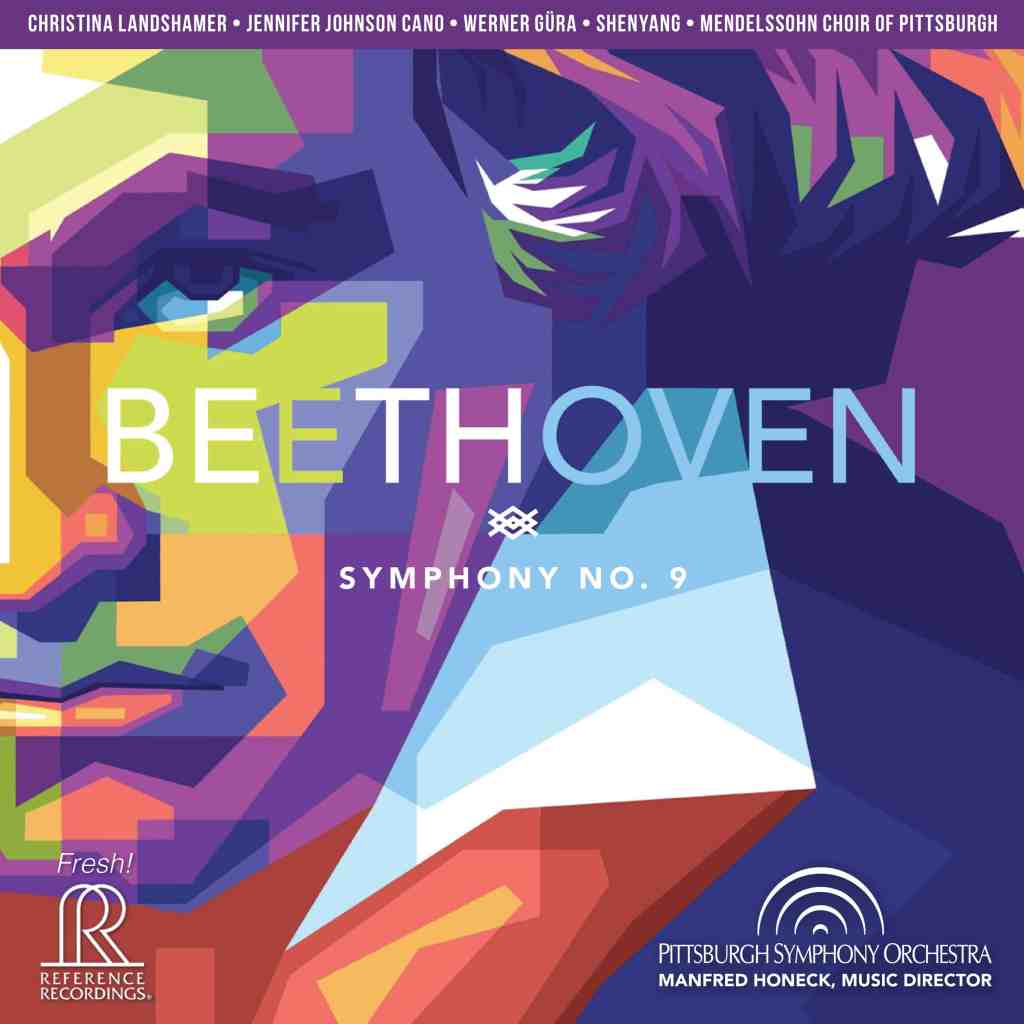Brahms and Shostakovich with Olga Kern
May 4, 2022

Not having heard the Brahm’s work, I expected something dreamy, not dissonant. As I researched further I found it was written for two pianos before Brahms made this a 34b as a Sonata. It was dedicated to Princess Anna of Hesse. It is scored for two violins, piano, bass, and cello. Herman Levi that Johannes (1833-1897) into a thing of beauty, a masterpiece of chamber music, proving that good friends are honest ones.
While European music had been changing under Lizst and Wagner Brahms saw Beethoven as the one to emulate. He begins in a dark but organized (you would accept nothing else) from Brahms. It is Schubertian in nature offering a military march. The finale which is played as a yearning movement one that I like a lot as she shows off her talents and really becomes a part of it.
While formalism plays a part in Stalinist Russia Shostakovich trod a fine line with the Beethoven Quartet and ended up being well received. Composed prior to Hitler’s invasion Shostakovich maintained his status as the country’s most favored composer. Listen carefully to both of them and you will see how similar they are. I like both of them along with the playing of Kern. She has a nice style and listening to her is easy on the ears.
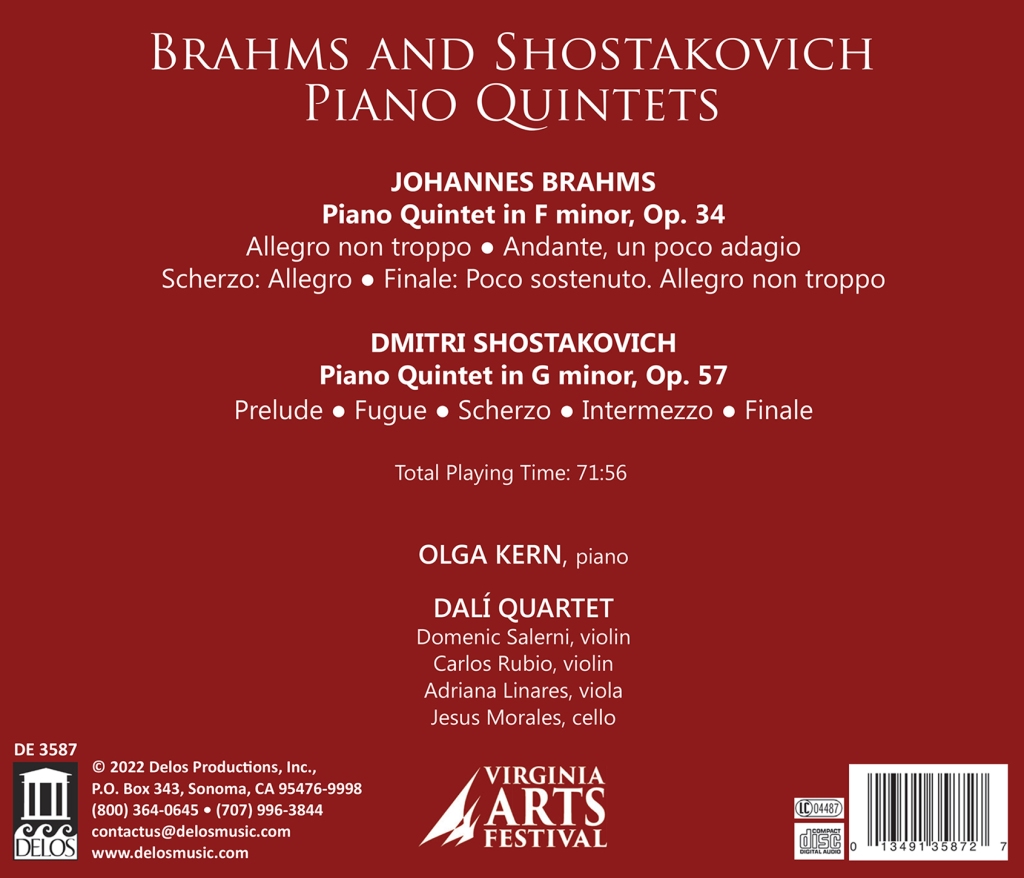
Rubenstein Piano Concerto 2 and 4
August 27, 2021
- Post
- Block
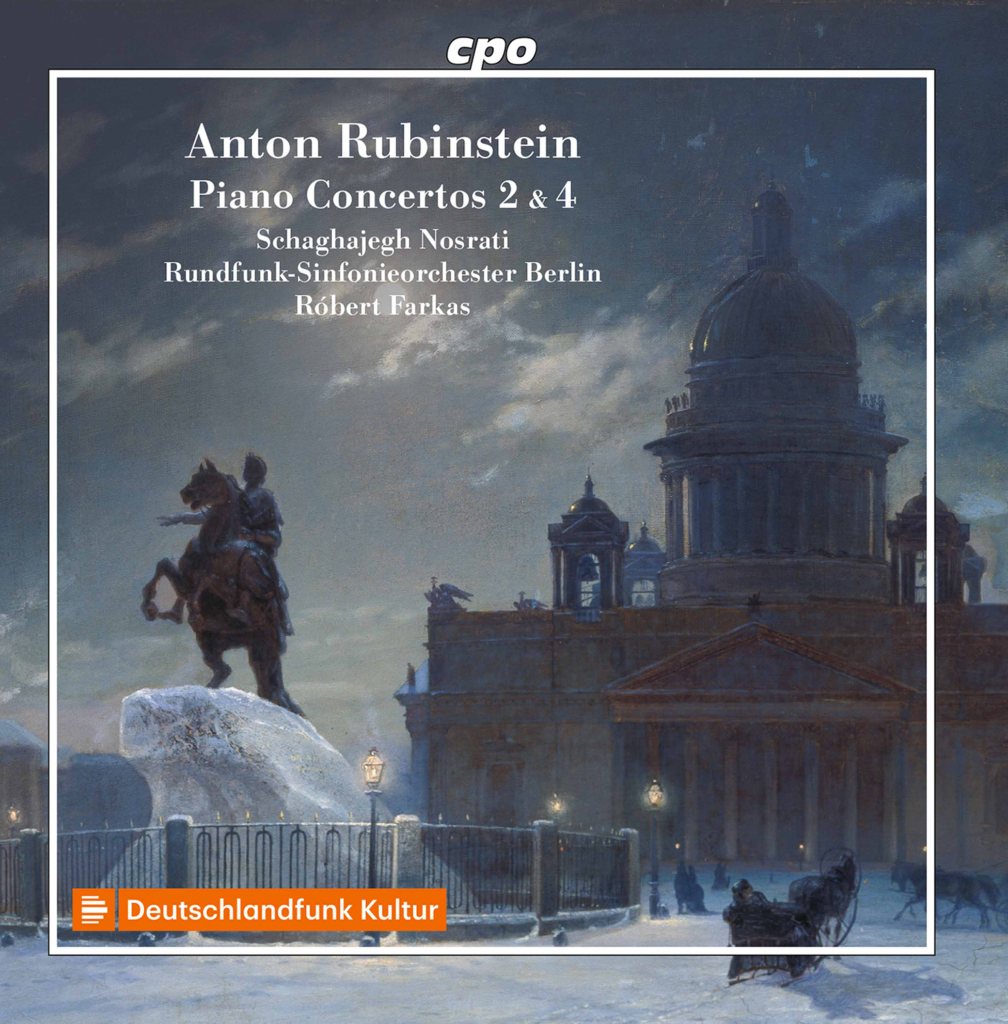

Anton Rubinstein (1829-1894). composer, teacher, performer, lived a full life. The head of the school in St. Petersburg, the very first to offer Russian classes in harmony, composition, melody, etc., to the delight of people such as Rachmaninoff, Gliere, and Chopin, the list goes on. However, while a good composer, his promoting himself as a pianist proved to be a downfall for him as the powers that be in Russia didn’t approve, and the composing and touring proved too much for him. For those interested, there is an excellent biography by Philip Taylor that covers his life very well, good and bad. There is also a free autobiography to read on the internet archive. While a good teacher, he didn’t get along well with his students, and as a result, he formed no lasting relationships with any of them.
Born in Vichvatljnetz on the Dniester river 30 miles from Balta. He moved to Moscow at an early age remembering the covered wagon they traveled in. His mother started giving lessons but it soon switched to Villoing, his only teacher. He toured with Villoing and met Empress Alexandra, quite the hit with the rich and famous as a 12- year- old.
He went through a period of time he called his ‘bohemian’ years, suggested by Lizst, who felt lean times were good for a composer. He had times where he had no food for two or three days and the attic he lived in was horrible. He had as a teacher Dehn for counterpoint and harmony who also taught Glinka.
He started the Russian Music Society in 1858/59 which he was head of from 1862-1867, the very first to offer classes in Russian.
Egyptian Nights Arensky, a ballet op. 50
August 19, 2021


Anton Stephanich Arensky (1861-1906) was born to wealthy parents who took advantage of the conservative system formed by the Rubenstein’s in Moscow and St. Petersburg during a good time for music in the mid to late 19th century. After writing songs and works, many of which showed a real talent by the age of 9, the family moved to St. Petersburg. He learned counterpoint, harmony, composition, and instrumentation from Rimsky-Korsakov at the Rubenstein run school during the 1870s.
At 21, he graduated and was given the highest mark in harmony by Tchaikovsky, Arensky went back and forth between the two cities) a lifelong advisor, till his death promoting his work even to his own publishers. His twelve years teaching Gliere, Rachmaninoff, and others proved a plus in his life. Rachmaninoff, who dedicated the C-sharp minor op. 3 ( Morceaux de Fantaisie) to him, again was a feather in his cap, and his work with Scribian proved well for him.
In 1888 obtained the position of Russian Choral Society Director, a position he held until 1901 when he retired on his 6000 rubles per year pension, twice the amount Balakirev received because he worked long and hard hours. In addition, he wrote a book of “Collection of 1000 tasks for the Practical Study of Harmony,” something still used today.
Alcohol, not to the extent of Moussorgsky, but enough to have him hospitalized in 1887 for a mental breakdown, to the happiness of friends Taneyev and Tchaikovsky hoping for a cure. While it lasted for a short time, being a true alcoholic, as well as a gambler and carouser, he returned to his old ways until consumption forced him to a sanatorium. He died in St. Petersburg at the age of 44, leaving 70 opuses and a trail of poor judgment behind him; Scriabin and Lyapunov come to mind as examples. Both Rimsky-Korsakov and Tchaikovsky said what might have been.
Considered by many to have an incredible melodic talent, he produced some well-known chamber works, along with operas, a piano concerto, symphonies, songs, and a ballet this review is about. Written in 1900, first performed in 1908 at the Marllinsky theater in St. Petersburg with choreography by Mikhail Fokin. The work was taken from William Lane’s “An Account of the Manners and Customs of the Modern Egyptians,” music taken from overture in the book, which sets the stage for the story of Cleopatra and Amoun, who became quite smitten so far he would give his life for one kiss. While Cleopatra finds him attractive but grants he wishes not quite to his extreme, even though the I love you arrow got her attention, she does end up sailing away with Antony, Amoun throwing his feet at Bernice, who takes him back to who he was going to marry until he saw Cleopatra. Finally, Amoun is saved from dying by the high priest, and you have your story.
The ballet is a series of 13 dances plus the overture, played twice, a rousing feel-good horn-driven melodic theme. Arensky uses the harp to bring out the softer quiet passages along with a solo violin and cello, which I approve of. It has the sound of being a lot more modern sounding than 1900. Again, Max Steiner comes to mind. Between his trips from Moscow to St. Petersburg, he developed a unique sound combining Tchaikovsky and Rimsky-Korsakov. Slavic with a light, airy touch, plus his melodic talent.
After the opening Ouverture, which sets the mood for the ballet, the 1st dance is ‘Scene and Coquetry Dance,’ a soft pretty melody played by flute and finally solo violin with a feeling of tranquility and romance filling the air. Part of this theme is included in his Suites. ‘Entry of Cleopatra and Scene as she takes her place on the stage majestically and dramatically. ‘Dance of Arsinoe and the Slaves‘ is a series of divertissements featuring winds and strings. It is one of two Arsinoe dances, the other being ‘Snake-charmer: Second Dance of Arsinoe’ mildly exotic as Berenice entertains Cleopatra. ‘Dance of the Jewish Girls‘ is taken from “Miriam’s Song of Joy,” a pretty Yiddish melody. ‘Dance of the Egyptian Girls’ gives away his Russian heritage though not out of place, and ‘Dance of the Ghazis‘ is a standard eight-note melody pleasant enough, a dance for the victorious warriors. Finally, there is a pretty Tempo di Valse waltz salon piece.
‘Solemn Entry of Antony’ is a fitting piece of music with a Rimsky-Korsakov style to it, a short Harp cadenza, and the Finale to this pleasant piece.
I have always found the playing and conducting of Yablonsky and the Moscow Symphony to be filled with energy and enthusiasm performing lesser-known Russian works. Therefore, I am happy with this recording and can recommend it to you.
I can also suggest two Naxos recordings of more Arensky recordings #8553768 and 8.570526 fine recordings in the Yablonsky tradition.
Witold Maliszewski Orchestral Works
July 22, 2021
Tokyo File 212
February 14, 2021

1 Main Title 1:44 2 This is Tokyo 2:37 3 Jim Meets Steffi 2:07 4 Source Montage 1:43 A. Virgin Wood Nightclub B. Knickerbocker Club C. Hula Club 5 Jim Sees Taro 1:24 6 Steffi is Tired 1:57 7 Kamikazi Class 2:05 8 The Telegram 1:36 9 The Big Shrine 3:15 10 At the Russian Consulate 1:34 11 The Kubuki Theater 1:18 12 Jim Gets the Third Degree 1:18 13 Newspaper Headline 0:28 14 Hello, Mamiko 1:13 15 Mamiko is Kidnapped 0:52 16 Taro In Hospital 3:25 17 Steffi Cries 2:10 18 Jim Gives Her a Gun 1:18 19 Railroad Strike 0:32 20 Mamiko Dies in Taro’s Arms 1:42 21 Taro Gets Caught 1:19 22 Taro Commits Suicide 0:59 23 End Title 0:18 Total Time 37:50
Tokyo Files 212 is the second part of the Albert Glasser collection 2 CD set which also includes Huk. This 1951 film also takes place in 1951 but this time in Japan. The music was originally released on Starlog LP SAAG 10.002 by Screen Archives Entertainment. The film focused on the very real Communist evil and had a huge selling point of being the first film shot on location in Japan providing realism to the scenes as well as saving money for RKO pictures. It starred Florence Marly as Steffi Novak and Robert Peyton as Lee Frederick. The film co-starred Katsuhiko Haida as Taro Matsuto, Reiko Otani as Namiko,Tatsuo as Mr. Matsuto,Tetsu Nakamura as Mr. Oyama, Suisei Matsui as Joe, and Ichimaru as Geisha singer who played herself.
Jim Carter is hired to pose as a reporter in order to gather information about Communist activities. He quickly meets Steffi Novak who is a woman without a country and refers to herself in the third person. She is helping Mr. Oyama head of the communist party to get her sister Christine out of North Korea. Trying to learn information from Taro Matsuto, who he went to college with, he learns he went to kamikaze school which was cut short by the surrender of Japan. The film cuts to war films from the japanese of the kamikaze pilots who are trained to die. This section of the film seems to be a bit out of place. I understand Taro was trained to die and does at the end of the film but is this really necessary? When Jim returns to his hotel room he is beaten and told to stay away from Taro. Steffi meets Taro's old girl friend, she is kidnapped by Oyama who throws her out of a car injuring her enough to send her to the hospital. While having dinner Jim is told that the meal is poison, they have learned he is an agent. Jim arrests her and tells Steffi that her sister is dead and she agrees to help him. Taro agrees to set up a strike in the railway system to halt the communist movement. When he goes to Namiko telling her of his love she has already died. When he learns of the communist plan and rebels he is stabbed and to save Steffi, Jim, and Matsudo from the bomb planted jumps from the window saving them from the bombing. Jim, completing his mission is seen off by Steffi and Matsudo with door left open for Jim to return and be with Steffi. The film was a flop and a lot of the 700,000 spent by RKO wasn't recovered. Today there is a colorized version of the film which has been cleaned up and is available on YouTube https://www.youtube.com/watch?v=B4KOIwJ1Mh4. It has never been blue rayed into a quality print which would have greatly improved the watching experience of the film. My second watch of the film was a lot better and I enjoyed it. Albert recorded all of his material on reel to reel and this became the master recording for some of his releases. There was a lack of a smooth transition between some of the tracks, that is they just jumped into the next track without delay. There wasn't an even spacing. This is a minor point and nothing more than an annoying distraction. Main Title sets the Japan mood for the picture with a sweeping melodic theme playing over the titles, beginning with cymbals followed by an introduction to the violins offering the main theme with harmony from the brass. This is Tokyo is strictly background music for the narrative Jim Carter gives about their meeting at the end of the film and what happened two weeks before. Jim Meets Steffi starts off as a dramatic cue then shifts as the camera pans to Steffi who has slipped in unannounced. The main theme is played with solo violin and then the strings. Virgin Wood Nightclub, Knickerbocker Nightclub, and Hula Club are source music big band style and Hawaiian short cues likely written by Glasser.Jim Sees Taro is tension mounting strings as Taro runs away from Jim. Steffi Is Tired repeats a romantic moment that was not to be with sweet strings playing the main theme. Kamikaze Class plays music for the war theme of the film they show plus the class. It returns to Glasser music brass distorted chords but also includes Japanese and American music along with string chords.Telegram is a fun filled track of different styles including a variation of the main melody.The Big Shrine set in a large building Jim goes to, is cut short by editing, but is a varied multi background track. At The Russian Consulate we hear a Russian dance with someone singing in his native tongue the instruments being on some sort of guitar like instruments. Jim hears this in the apartment across the alley from him so it has a hollow sound to it intentionally.The Kubuki Theater is Ichimuru singing a song in Japanese while she is dancing. Jim Gets The Third Degree is a Glasser dramatic score with the ending being the variation of the main theme we heard in the Telegram Newspaper Headline is a short track featuring the full orchestra playing the main melody in a sweet style with the full orchestra. Hello Mamiko is introduced as she agrees to help to the beautiful main theme, strings without brass. Mamiko is Kidnapped is Glasser dissonant brass orchestrated as only he knows how to do, a short track again.Taro In Hospital is a sentimental track playing the main theme and variations of it. Steffi Cries as Jim puts the cuffs on her causing her to breakdown in tears. It is a variation of the main theme along with dramatic strings playing with a solo violin.Jim Gives Her A Gun is action music that quickly shifts to the main theme, a softer romantic version.Steffi has confessed to dramatic music and is given a gun and announces she will kill Yomama. The music shifts to a romantic version of the main title. Railroad Strike is a short cue dramatic cue without theme but has drumroll at the end of track. Mamiko Dies In Taro's Arms starts with main title and quickly shifts to a yearning and dramatic cue denoting her death. Taro Gets Caught is an action cue where Oyama's men capture him. Taro Commits Suicide combines part of the main title theme and dramatic music with brass as Taro falls to his death saving his father, Steffi, and Jim who come to aid in the falling not knowing it is Taro who gave his life. A few seconds later the bomb explodes. The End Title is a full orchestra playing of the main title. Glasser is a great 'B' movie composer and should be explored for your collection. There are many which could be released and are still available for remastering.Limited to 500 copies and getting two soundtracks on two CD's means you should act soon and send your order into BSX https://buysoundtrax.myshopify.com/collections/new-releases. While there check out their other digital downloads as well as CD's.
Beethoven Symphony No. 9
January 26, 2021
Auber: Overtures, Vol. 3
December 24, 2020


Daniel Francois Esprit Auber (1782-1871) was a French opera writer who composed fifty-one of them, many comic, in the 19th century. Naxos has taken the task to record overtures to all of the operas, not necessarily in order. In my review, I will include the six opera numbers. It was listed in the first two volumes. Included is the overture to the 1862 Grand Exhibition.
While quite unknown today except by the active opera listener, it is hoped that these recordings will spark interest in Auber.
- Grande Ouverture pours l’inauguration de l’Exposition a Londres was written for the 1862 World’s Fair in England and works by Bennett and Meyerbeer premiering on May 1, 1862. It opens with a full horn ensemble, switches to a smaller horn group, which offers a different theme. The violins offer a different theme with pizzicato string playing, almost cartoon-like, before the full orchestra offers another theme majestic and proud. It is played, developed, and repeated before it ends in a rousing fashion. This is an excellent example of the fine work Auber has to offer.
- La Barcarolle, ou L’Amour et la Musique is #38 and was written in 1845. This is a world premiere recording also including Overture and Entr’acte to Act 11. The theme is from Kunslerleben. The overture offers two themes from act 111 and acts 1. The entrecote uses the theme from act 1. While the opera was popular in Germany, it only lasted for 27 performances in France.
- Les Chaperons Blancs is #27 from 1836 and had twelve performances. The Overture is bright and cheery with several tempo changes, including an andante and waltz. The theme is well developed. Entr’acte to Act 11 is a very short staccato with threatening tremolos of things to come. Entr’acte to Act 111 is an enchanting theme, catchy, one of the best he ever wrote, that Auber reused in Marco Spada (1857).
- Lestocq, ou L’Intrigue et l’Amour is #24 and written in 1834. The overture begins with a fanfare followed by a pretty theme on the oboe, fully developed with the full orchestra. The second part of the overture is a brisk military galop, a statement of a soldier’s life. Entre’acte to Act 11 is a brief introduction to the aria for Catherine.
- La Muette de Portici is #16 and written in 1828. It was performed 505 times. This is regarded as Auber’s masterpiece, the originality of the music, the style. It begins with a bombarding beginning, crashing. It continues back and forth between the assault and the woodwinds backed by busy strings developing the work. The main theme of the Overture is offered a stirring march. A coda brings the finale to a rousing conclusion.
- Reve d’amour is #51 and was performed, but twenty-seven times, perhaps due to the Franco-Prussian War (1870). The overture is filled with several ideas, including an andante, a waltz, and a very lovely pastoral. Entr’acte to Act 111 offers us a perky staccato theme in the winds, which continues for several minutes, one of Auber’s longer entr’acte. Is #22 and was performed 100 times beginning in 1832.
- Le Serment, ou Less Faux monnayeurs, is #22 from 1832 and was performed 100 times. Overture is divided into three sections pastoral, allegro, and military. It offers a wonderful coda. It offers an unusual effect of tapping the bows on the wood for the effect of the counterfeiters.
I applaud Naxos for taking on this fine project of bringing Auber material to many people. He was so popular in the 19th century and should be a lot more well known. I found the recording to be well done and performed, and I enjoyed listening to him very much. It was a light classical style with a pondering serious side to it.
The release date is 01-29-21
Tcherepnin Fantastic Ballet(op.2)
December 20, 2020



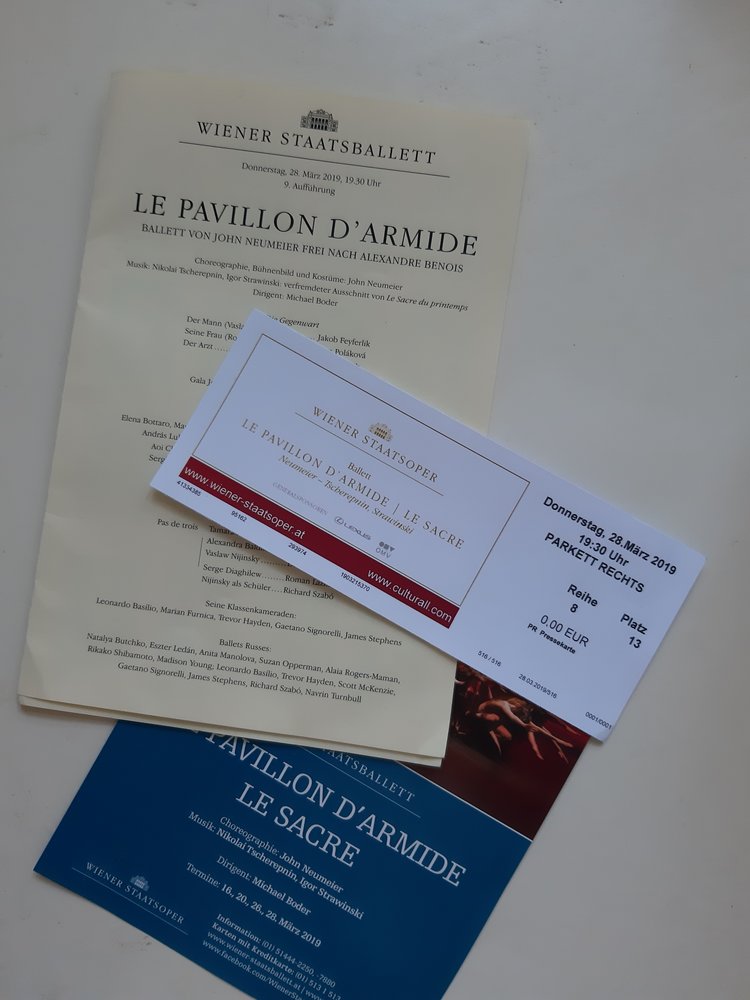
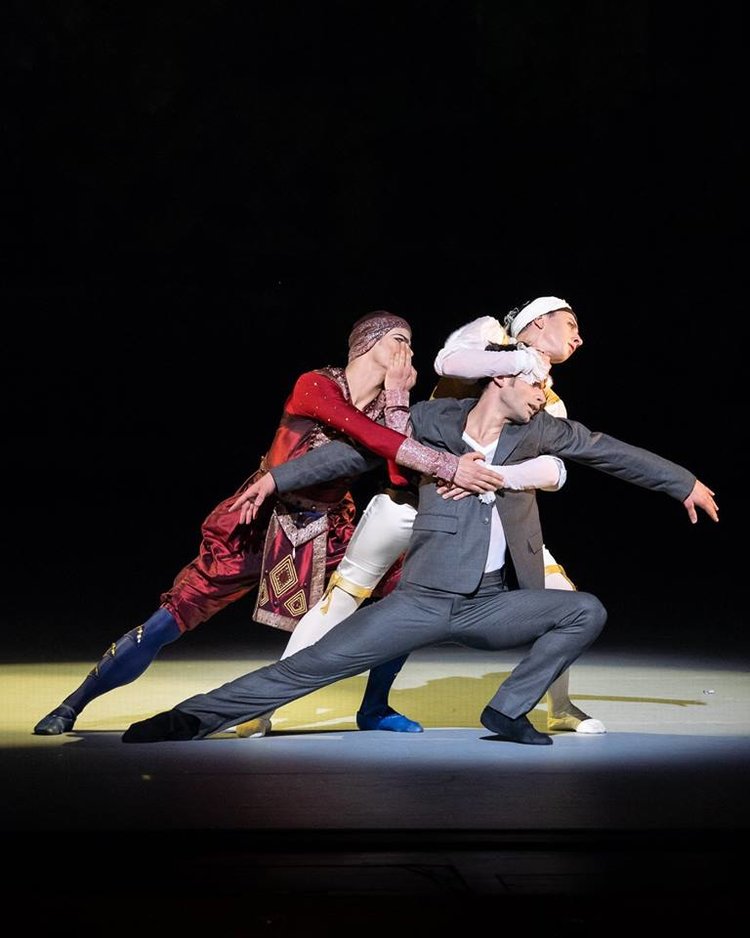
Nikolay Tcherepnin was born 5/3/1873 in Isbork an ancient town in the Pskov province in an estate that had been passed down to them by grandfathers to their father who was an active doctor in the city. He was the doctor who treated Dostoevsky during his last illness and knew Mussorgsky with Tcherepnin eventually editing and orchestrating Sorochinsky Fair for him. Both his son Alexander and his grandson Ivan were composers having done recordings for Olympia, Grand Piano, and Naxos.
Nikolay time-wise was in the 19th and 20th century so he fell under romantic, impressionism, and modernism so there was a combination of all three, Rimsky-Korsakov being the teacher. He also had a fondness for Tchaikovsky, Liadov, Stravinsky, and Prokofiev. Nikolay was the first in Paris to do The Golden Cockerel, and the following year his very own Fantastic Ballet ( takes place during the reign of Louis XIV) being performed by Diaghilev Ballets Russes, a first being staged by Mikhail Fokine from the short story Omphale. He was eventually replaced by Stravinsky as a composer of choice certainly a far more biting quality than Tcherepnin but how do you compete with the triad of Firebird, Petrushka, Rite of Spring even though his ballet had greater popularity than the Stravinsky ballets.
His most famous work Le Pavillon d’Armide was composed in 1903 and first performed at the Marinsky Theater in 1908 before premiering the Diaghilev in 1911. He also premiered Kikimora and Enchanted Lake for Liadov, two popular tone poems in 1909.
Le Pavillon d’Armide” Introduction and First Theme” opens with a drumroll followed by a powerful forceful theme from the strings and orchestra. It is said that the Marquis Susanne de Fierbois soul is represented by a Gobelin tapestry. As the theme continues a harp provides harmony and a second theme is introduced she appears to smile and the tapestry glows as a crescendo is reached. The original theme is repeated with the woodwinds carrying the melody followed by the violins. The tuba ends the track with a fine solo.
“Dance of the Hours” is performed by twelve dancing boys in gold and silver who come out and then disappear back into Saturn, an old clock. The music is bright and cheery Tchaikovsky ballet like with an upbeat theme that provides excellent background music for the dancing boys.
“The Goblein Tapestry Comes to Life” we hear a new theme from the horns with woodwinds harmony as a new French like theme in a Debussy style modernism shifts to one of tension and danger before it settles into calmness with the harp and strings leading the way. The harp plays an important role in this ballet as we will see.
“Armida’s Lamentation” produces music from the tapestry and Armida appears in human form in her garden. The harp offers chords and the strings offer a new melody. The music is bright and upbeat in a major key, a Rimsky-Korsakov type theme.
“Adagio” offers harps for her beloved knight Rinaldo with a new melody from the strings bright, cheery, and full of hope, a good adagio of yearning and some sadness.
“Grand Valse Noble“ is a fine salon type waltz with sweeping music.
“Variation-Allegro” is a series of musical cells of different styles of music with a celeste beginning the track with a sprightly tune followed by the flute and violins. Following is an Allegro followed by a dance and then a vivace with syncopation. To end the track there is a Baroque style music with trumpet calls.
“Little Ethopian Slaves” is similar to the second track with a xylophone carrying the melody.
” Dance of the Armida Ladies is a slow waltz
” Bacchus et la bacchantes” is a frantic dance that is also exotic and vicious The horns loudly play low notes with accompanying from the timpani. The trumpets offer a solo a respite from the savage pounding from the brass.
“Entry of the Magicians and Dance of the Shades ghosts that disappear at the waving of a wand pretty varied music.
“Dance of the Clowns” is yet another style and music not to be confused with circus music. It is a soft horn driven theme followed by flutes and violins. It is tranquil in nature offering a time of tranquility and peace.
“Scarf Dance” is a soft horn driven theme followed by flutes and violins. It is tranquil in nature offering a time of tranquility and peace.
“Pas de deux” returns to the blaring horns not a trait of Tchaikovsky but Rimsky-Korsakov. It switches to a solo clarinet and oboe
“Grand Valse Finale” ends the ballet in grand fashion with a rousing theme. In the theater the things the count thought he saw disappear one by one making him wonder?
Some reviewers who I have read compare this work as a poor imitation of a Tchaikovsky ballet. It lacks the spark. Gramophone comments on the use of a celesta which could have been used at the same time Tchaikovsky included it stating the opposite to be true. Chausson used it in 1888. Is there a patent on the use of musical instruments? Perhaps Tchaikovsky went to school on Tcherepnin? Who knows as it was invented in 1886. I found the recording (complete) to be quite varied in the selections of material and kept my attention for the full sixty-seven minutes. The Olympia recording is only thirty-four minutes plus eight minutes for the suite written as a separate piece, op. 4 instead of op. 2. In this case more is better and I welcome this re-recording of valuable historical material. There was room for the Suite highlights on this CD as track one from the suite is different from the highlights. I admit to getting confused between the two as they are both eight minutes in length but now have it straight in my head.
Available for purchase on 1/15/2021
Demon in the Bottle
November 30, 2020

Track Listing
- Demon in the Bottle: Main Title (1:07)
- Pirates Battle (1:57)
- Deadly Cave (2:46)
- Locker Intimidation (1:25)
- Skeletons / Discovering Treasure (3:47)
- Murray Talks (1:02)
- Blue Bottle Monster / Run for Your Life (4:12)
- Isn’t No Monster (1:54)
- Marvin Monster Chase / Looking for an Exit (2:43)
- Frantic Buttons / Freddie Finds Bottle (1:57)
- Nana’s Efreet Stories / Efreet Jumps (1:29)
- Hunting Murray / Marvin Escapes (2:25)
- Murray in the Lunchbox (1:01)
- Marvin’s Shower (2:12)
- Finding the Painting and The Body (2:29)
- Mirror Monster Chase / Scaffolding Climb (3:11)
- The Kiss (:33)
- Vice Grip Interrogation (1:27)
- Murray Plugs In (1:56)
- Monster Suction (2:28)
- She’s Dead,You Moron! / Trapped Inside (3:50)
- Heap of Melted Slang (:57)
- Freddie Regrets / The Girl Still Lives (4:31)
- Words of Reason / Amanda Expelled (5:18)
- Treasure Rediscovered (1:29)
- Marvin Leaves (2:04)
- Russell Learns (1:14)
- Demon in the Bottle: End Credits (2:13)
- Demon in the Bottle Suite
(Moscow Symphony Orchestra) (3:25)
Total Running Time: 68:12
John W. Morgan to me will always be remembered for the series of reconstructions of films he did for Naxos with William Stromberg for twenty-plus years. The liner notes explain his background and how he ended up in Hollywood doing what he wants which is to do scores for films.
John W. Morgan is a film composer/orchestrator/ and reconstructionist based in Los Angeles, California. After receiving his Master’s Degree in music at San Diego State University in 1977 and studying composition with David Ward-Steinman, he stayed at UCSD. He taught orchestration, music theory, and various film music courses.
The film, which is available to watch on U Tube, is from 1996 starring Ashley Tesoro, Michael Melota, Rahi Azizi, and Michael Dubrow. It is also now part of the Disney package and runs for 82 minutes produced by the Band brothers Charles and Albert, directed by Randall William Cook which on paper sounded great but in reality with no real budget to work with they were not a factor in the making of this film. Special effects, acting, and sets were awful. The music was relegated to background music which had little or no impact on the film. An understatement is to say I was disappointed in what it had to offer. I guess if I were younger I might have appreciated the film more but if I had not done this review I wouldn’t have wasted my time watching it.
Having said all of the above I found the score to be delightful, filled with underscore material that deserved a far better film than what it ended up in. The main title is a strong one, you’ll remember it as it is a pirate song complete with the era of Arabia and adventure a tribute of sorts to Ray Harryhausen and his movies. This theme is repeated several times in the score not as a leitmotif but in addition to the material being played.
The vast majority of the material is a mixture of synth, woodwinds, keyboard, trombones who did quadruple time in playing (played trombone); the result being incredible for the little he had to work with. Recorded over a three-day period of time the result was nothing short of spectacular and for this reason, it is something you should have in your collection as a study of how to orchestrate!
Some examples. Blue Bottle Monster features a harpsichord which is led in by a solo flute. It is quickly followed by Run For Your Life which has trombones playing overtime sliding almost out of control. It is followed by a cue Isn_t No Monster where the horns pick up again playing a theme in Herrmann-like fashion. One can picture Gunsmoke or Perry Mason and one of the many library cues used by Bernard Herrmann musical cues he wrote for CBS.
Marvin Escapes is a return to the main theme again with the secondary theme being played by the horns in frantic style. Each cue even though blocked out by the film is thought out, well placed and interesting to listen to if you enjoy soundtracks like I do. Mirror Monster Chase/Scaffold Climbing is another example of frantic overtime work from the brass.
